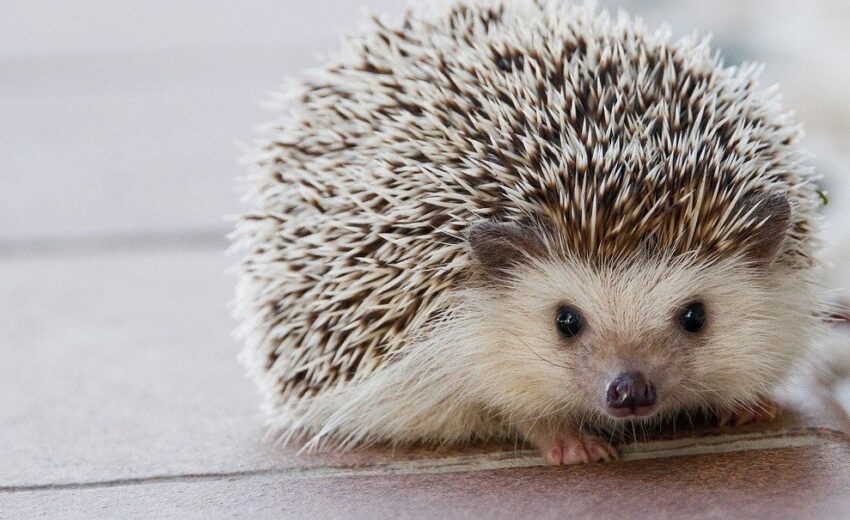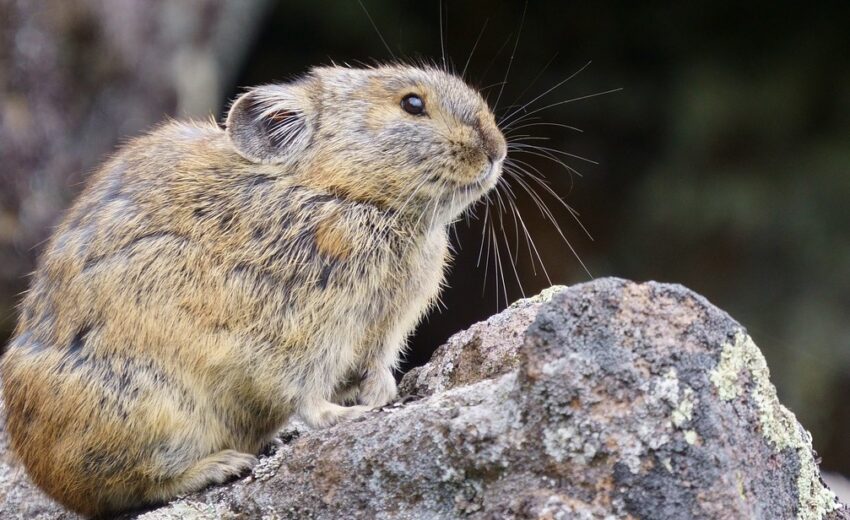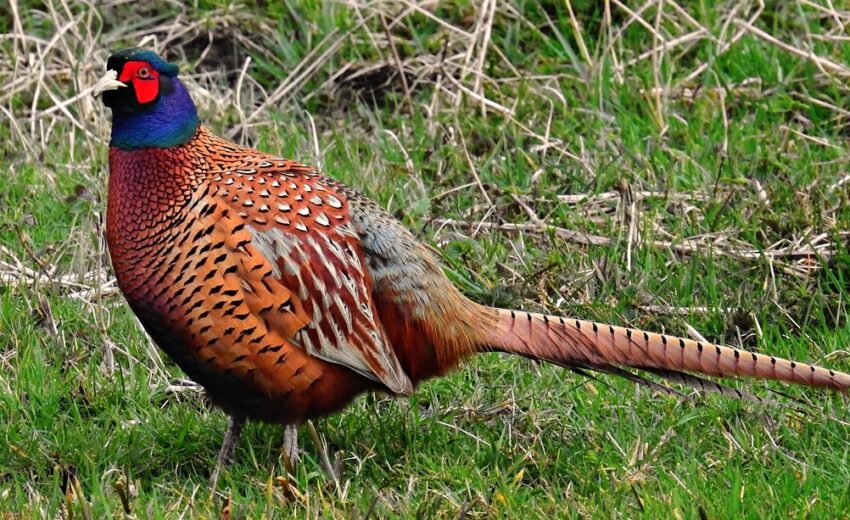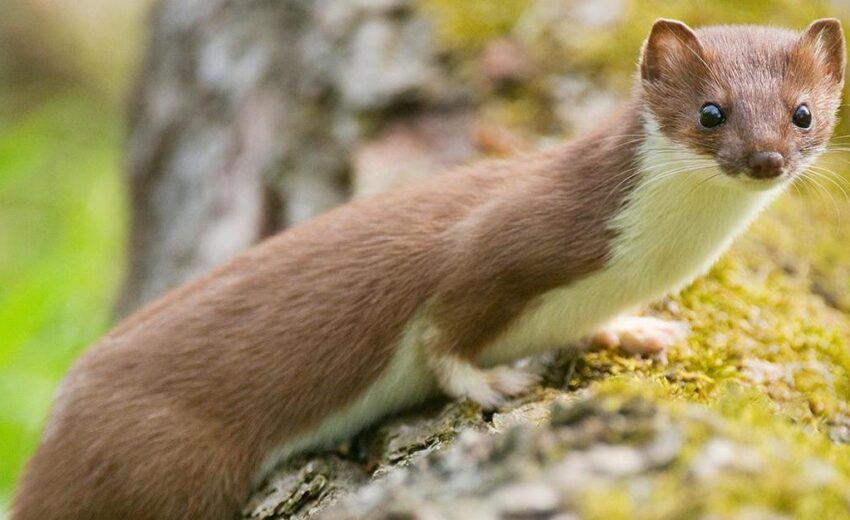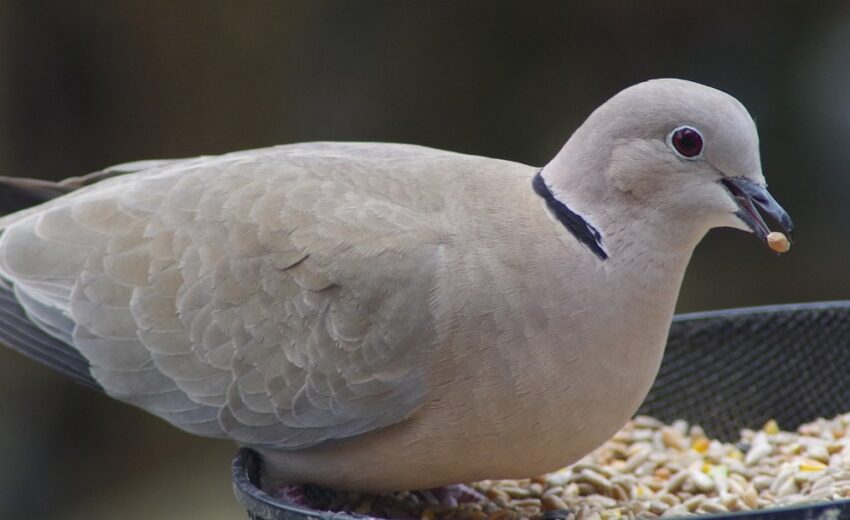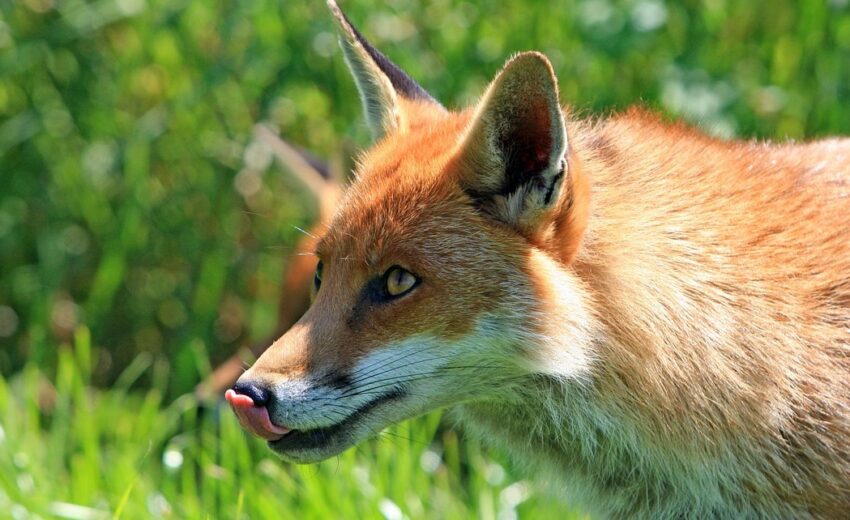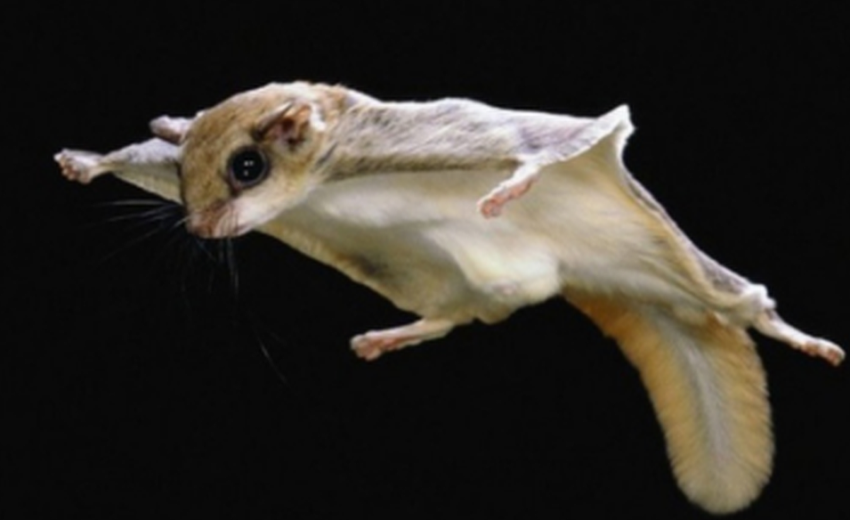It’s the hedgehog. They are small, they have short legs, a cute, cone-shaped face, and they roll into an adorable little ball of spikes when threatened. These critters get their namesake
- Zoology
- Daily Critter Facts
- For Teachers
- Study Guides
- Diseases & Parasites
- Contact

